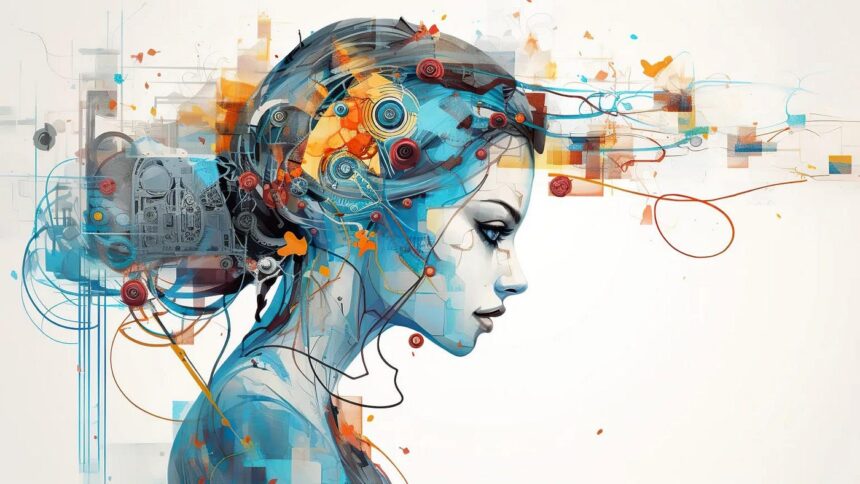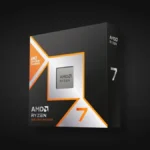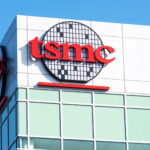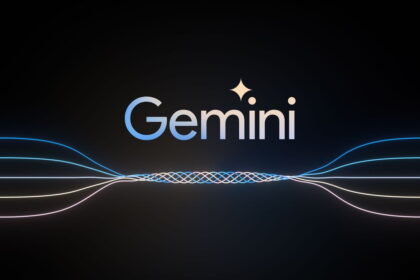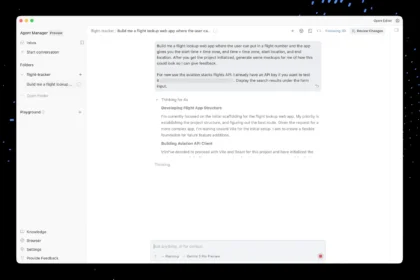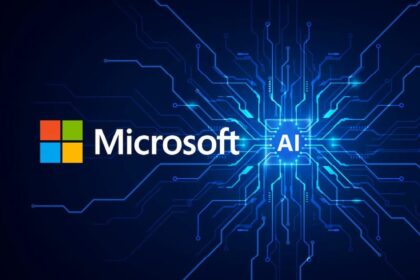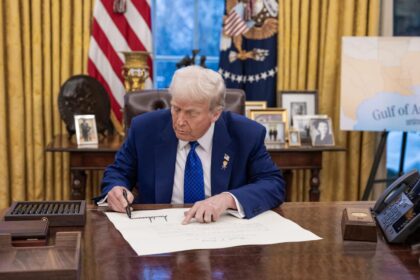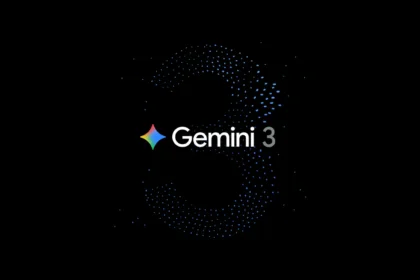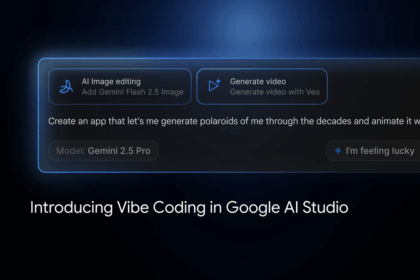Artificial Intelligence (AI) has transformed how humans think, work, and create. Once limited to automation and data processing, AI has now entered the creative sphere — writing, art, music, design, and even scientific innovation. This integration has sparked an ongoing debate: Is AI enhancing or diminishing human creativity?
While many argue that AI helps people generate ideas faster and democratizes access to creative tools, others warn that it may lead to homogenised ideas, ethical challenges, and a loss of originality. This article explores the dual nature of AI’s impact on creativity — as both a catalyst and a constraint — supported by recent research and examples.
Understanding Creativity in the Age of AI
Creativity is typically defined as the ability to produce something both novel and valuable. AI interacts with creativity in two main ways:
- Assistive Creativity (Augmentation): AI serves as a partner that suggests ideas, automates routine tasks, and supports the creative process.
- Autonomous Creativity (Generation): AI produces entire works independently, such as poems, songs, or digital art, often requiring minimal human input.
The balance between these two approaches determines whether AI empowers or replaces human creators.
How AI Enhances Human Creativity
1. Boosting Idea Generation and Productivity
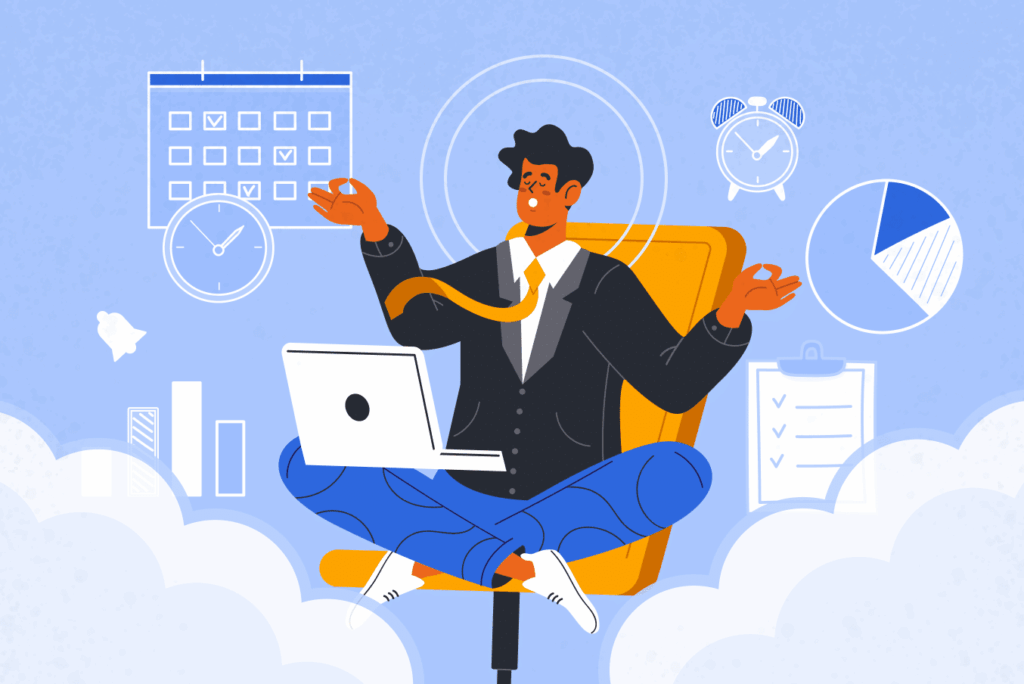
AI systems such as ChatGPT, DALL·E, and Adobe Firefly have proven to help users brainstorm, visualise, and refine ideas quickly. Studies show that AI-assisted creators often produce more varied and higher-quality results, especially among those who may not identify as naturally creative.
AI reduces technical barriers, allowing more people to participate in creative activities, from writing stories to designing prototypes.
2. Accelerating the Creative Process
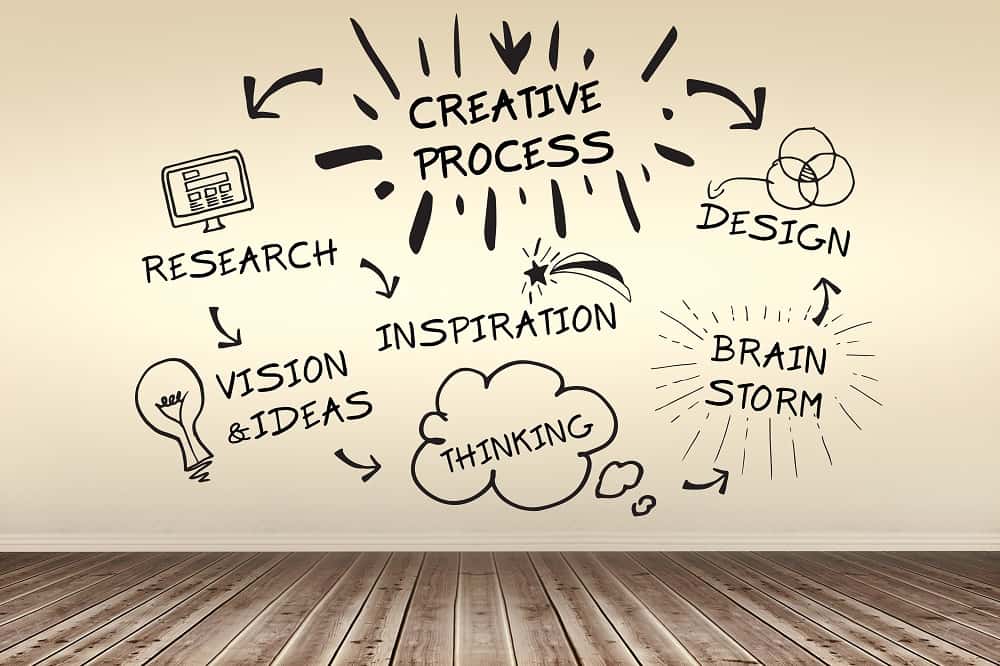
AI tools automate repetitive and time-consuming tasks — editing, formatting, background removal, or data analysis — freeing humans to focus on higher-level thinking and innovation. This leads to faster creative cycles and encourages experimentation.
3. Serving as a Collaborative Partner
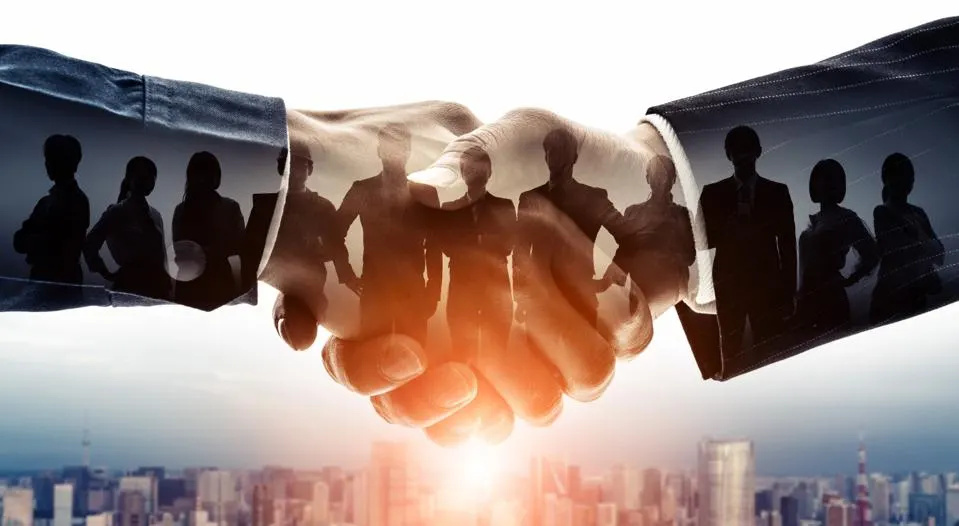
AI can provide inspiration by suggesting unexpected combinations of concepts. Writers, designers, and musicians often use AI as a creative partner that challenges their ideas and offers alternative directions they might not have considered otherwise.
Challenges and Risks of AI in Creativity
1. Homogenization of Ideas
While AI can generate impressive outputs, it often relies on patterns from existing data. This can lead to similar results across different creators, reducing originality and diversity in creative works. Over time, this “creative convergence” risks standardising artistic expression.
2. Loss of Human Skill and Craft
Excessive dependence on AI can lead to deskilling. As creators increasingly rely on AI for idea generation, editing, or technical execution, they may practice their own creative skills less frequently. Over time, this could weaken their originality, problem-solving, and craftsmanship.
3. Biases and Ethical Issues
AI systems are only as unbiased as the data they are trained on. If datasets reflect cultural or gender biases, AI-generated outputs may reinforce stereotypes or underrepresent certain groups. Ethical questions also arise about ownership — who owns AI-created work, and what about the human artists whose creations trained these models?
4. Legal and Copyright Concerns
The use of copyrighted materials in AI training has sparked global legal debates. Artists and authors have filed lawsuits demanding compensation or recognition, arguing that AI models often replicate their style without consent. This raises fundamental questions about intellectual property and fairness in the creative economy.
AI Across Creative Fields
Writing
AI-powered tools like ChatGPT and Sudowrite assist writers in brainstorming plots, refining dialogue, or overcoming writer’s block. Research shows that stories created with AI assistance are often more engaging and polished. However, they can also start to sound alike, reflecting the limitations of AI-generated language patterns.
Visual Art and Design
Text-to-image models such as Midjourney and Stable Diffusion allow artists and designers to produce high-quality visuals from simple prompts. This democratizes design but has also led to controversies over style imitation and copyright violations.
Music and Film
AI is now composing music, editing films, and generating visual effects. While it reduces production time and cost, it also challenges the definition of authorship and originality in creative industries.
The Mechanisms Behind AI’s Influence
- Expansion of Associative Thinking: AI can combine unrelated concepts, helping creators discover unexpected ideas.
- Faster Feedback Loops: Rapid iteration encourages experimentation and innovation.
- Anchoring Effect: When creators overly rely on AI suggestions, they may unconsciously limit their own creative exploration.
- Amplification vs. Substitution: AI amplifies creativity when it supports human ideas but substitutes creativity when it takes over the process entirely.
Recommendations for Responsible Use
- Use AI as a Creative Partner, Not a Replacement
Let AI handle technical tasks while humans maintain control of vision and storytelling. - Continue Skill Development
Dedicate time to traditional, “no-AI” creative exercises to preserve craftsmanship and originality. - Encourage Diversity of Input and Output
Use diverse prompts and multiple models to avoid repetitive or generic results. - Maintain Transparency and Attribution
Keep records of AI tools, prompts, and model versions used to ensure authenticity and accountability. - Adopt Ethical and Inclusive Practices
Be aware of potential biases and actively promote cultural and aesthetic diversity in AI-assisted works.
Educational and Policy Implications
Educators should train students not only in how to use AI tools effectively but also in how to think critically about their outputs. Governments and institutions must establish clear policies on intellectual property, data ethics, and AI transparency to protect human creators while promoting innovation.
AI’s impact on creativity is complex and paradoxical. It can empower individuals, democratize access to creative expression, and inspire innovation. Yet, without careful use, it may homogenise artistic expression, erode human skill, and create ethical and legal challenges.
Ultimately, AI should be viewed as a collaborative partner — one that enhances, rather than replaces, the human imagination. The future of creativity will depend on our ability to balance technological efficiency with human originality, empathy, and intent.
Sources
- Doshi, A. R., et al. Generative AI Enhances Individual Creativity but Reduces Idea Diversity. Science Advances (2024).
- Zhou, E., et al. Generative Artificial Intelligence, Human Creativity, and Art. PNAS Nexus (2024).
- UCL News. AI Boosts Individual Creativity – At the Expense of Less Varied Content. (July 2024).
- Adobe. AI and the Creative Frontier: Creators’ Views on Opportunities and Risks of Generative AI. (October 2024).
- Harvard Law Review. Artificial Intelligence and the Creative Double Bind. (2025).
- The Guardian. AI Prompts Can Boost Writers’ Creativity but Result in Similar Stories, Study Finds. (July 2024).
- Thomas, A. ChatGPT Appropriation: A Catalyst for Creative Performance. ScienceDirect (2024).
- Nannicelli, T. Mass AI-Art: A Moderately Skeptical Perspective. (2025).
- ResearchGate. AI Feedback and Human Originality: A New Framework for Creative Collaboration. (2024).
